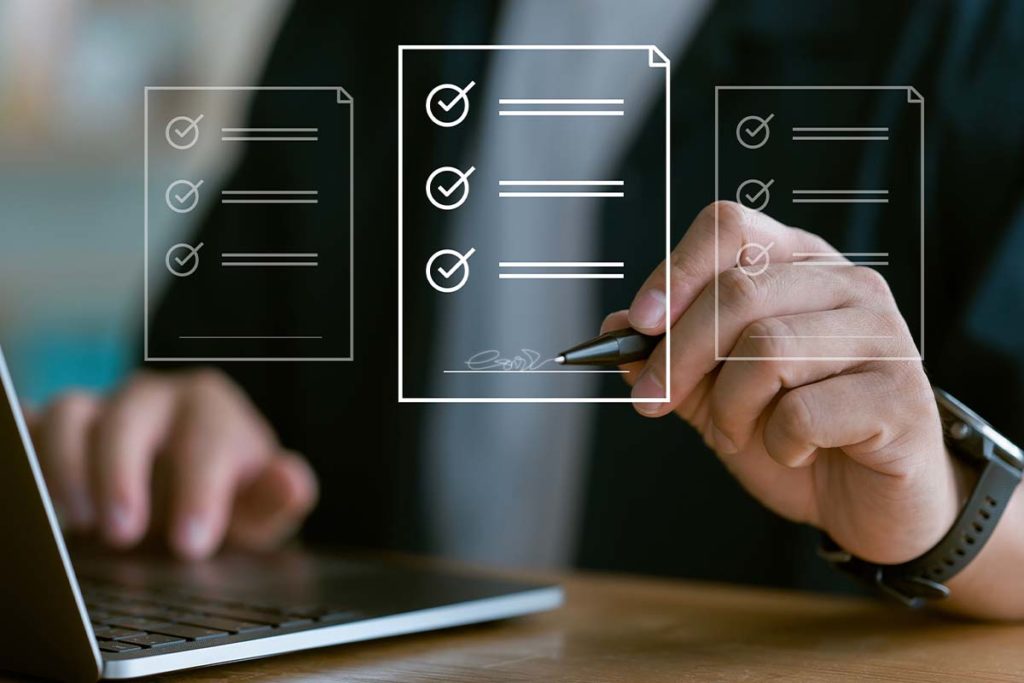SOAP Therapy Notes Template
SOAP notes reduce administrative time and improve communication between those working with a patient to provide them with care between members of the care team. When therapists and healthcare providers need to work together to help a patient overcome dual diagnoses or other conditions, SOAP notes are essential.
SOAP therapy notes should be written in a specific way, usually using templates and software to streamline the process and produce notes that are easy to skim and understand quickly between appointments. Having good organizational techniques helps ensure that patients get quality care, even if notes are sent to new providers.
SOAP notes are particularly helpful for individual or group telehealth sessions, but they can be used in any healthcare setting.
What Are SOAP Notes?
SOAP notes are notes written to be HIPAA-compliant and that cover patient information. The letters in the word SOAP make up an acronym that stands for:
- Subjective
- Objective
- Assessment
- Plan
Each of these headings holds different progress notes.
SOAP notes are widely used in healthcare and are essential for any provider. In modern clinical practice, it’s typical for providers to share information orally or with written progress notes. Since therapists and healthcare providers may not be in the same office or meet in person, having organized SOAP notes helps to scan them and understand a patient’s care history more quickly.
The Importance of Effective Note-Taking During Sessions
Taking notes with Sunwave EHR is one way to create treatment plans, manage a patient’s medications, and maintain compliance. This program automates updates between visits, so each provider has access to new notes as soon as possible. This means that every party involved in the patient’s care can adjust their treatment plans and priorities to know what’s happening with the patient overall.
This kind of electronic medical record software is helpful in that it also offers alumni management, so therapists or medical providers can maintain contact with patients who they’ve seen in the past. The system provides coordinated touch points and progress reports. This helps providers catch patients who need interventions, for example, so they can set up a time to be seen and get them back on their appropriate treatment plan.
What Does S.O.A.P. Stand For?
SOAP is an acronym. Knowing what it stands for helps clinicians stick to the correct formatting for this note structure and encourages good note-taking while speaking with a client (or when the session is done).
S.O.A.P. stands for:
Subjective
These notes hold all the client’s subjective experiences, perspectives, feelings, and other personal emotions about their care and topics discussed in a session. Subjective information can be collected from the patient, a parent, guardian, or someone else who comes to the meeting, such as a spouse in couple’s counseling.
Objective
Objective notes give an overall view of the patient’s mental status and health. This information is essential, as it can show how they change over time. This section should only be used for factual information and data.
Assessment
In the assessment section, it’s time to go over the patient’s diagnosis or current health. In the assessment section, aspects of both the subjective and objective sections should be combined in a way that gives a professional interpretation of what’s going on with the client’s overall health.
Plan
Finally, in the plan section, the therapist or healthcare provider should discuss the patient’s treatment plan and any adjustments that they’d like to make.
Good SOAP notes can be the difference between quality care and care that is fragmented. A patient’s health record being in the SOAP format makes it easier to use as a checklist for clinicians helping clients through therapy and other treatments.
The Structure of SOAP Notes
SOAP notes are structured to make it easier to pass on information about a patient to other clinicians. With this structure, it’s also easier for providers to review the information before meeting with a patient.
The notes should start with “Subjective” subjects and the patient’s main complaint. Then, a history of the patient’s illness (as reported by the patient) should be included.
Per the OPQRST standard for records, record the following:
- Onset of the symptoms
- Provoking or palliating factors
- Quality of the symptoms
- Region of the body that is affected
- The severity of the symptoms
- Timeline of the symptoms
Healthcare providers should also include medical records such as the patient’s past medical history, their social history, and their family history.
Since this is an overview of the patient’s care, this is also the time to include the patient’s self-reported medication list. Include how often they take the medication as well as the dosages.
In the “Objective” section, providers should include objective information. This includes vital signs, data from the physical examination, and any diagnostic tests that were performed.
Following the Objective section, providers should complete the “Assessment” section. This should include a short summary of the patient’s age and relevant medical history. It should also include the diagnosis if there is one, as well as the patient’s clinical stability. A differential diagnosis should be included as well so that there are other ideas if new symptoms arise.
Finally, healthcare providers should complete the SOAP notes with a plan for action. The SOAP notes should include a list of the patient’s medical problems in order from those of the greatest importance to those of the least. Then, a plan should be proposed for their care. For example, a doctor treating a urinary tract infection may indicate that they have started the patient on antibiotics. If this is an inpatient, they may have special codes or disposition information to add. Additionally, if the patient receives deep vein thrombosis prophylaxis, this information should be included.
Optimizing SOAP Notes with Sunwave EHR
Sunwave EHR offers a platform for managing all treatment facility operations in one place. This includes handling electronic medical records, patient engagement, telehealth, CRM, RCM, alumni management, and more.
The unique aspect of Sunwave EHR is that it manages the entire process. The information a therapist or medical provider needs is updated in real-time and unified in one patient file. This makes it easier for all people using the same system to be able to access patient records and maximize their patients’ care.
SOAP Note Templates
There are all kinds of SOAP note templates available on the internet and in medical books. SOAP Note Examples & Documentation Tips: For Nurse Practitioners in Primary Care is one option available online, but there are many others available on Amazon and with a quick Google search.
SOAP Template Example
This is a simple SOAP note template that should help therapists and other healthcare providers get started. Reviewing a clinic’s specific requirements is a good idea before getting started with patient notes of any kind.
Template for Clinical SOAP Note Format
Subjective
Include symptom dimensions, chronological narrative of patient’s complaints, any information obtained from other sources, and the source of information if it didn’t come from the patient.
Next, add the patient’s pertinent past medical history and a review of the patient’s symptoms.
Following this, add a list of medications with dosages.
Objective
Include information from the physical exam and laboratory analysis. This should include vital signs such as oxygen saturation when indicated.
Focus on the physical examination in this section and add pertinent lab information, X-ray data, or information about other imaging tests or examinations.
Then, the provider should include an assessment of what they believe the diagnosis is.
Assessment
In this section, write a short summary of the patient’s problems and note a list of symptoms. These should also be described in both the subjective and objective sections.
Be as specific as possible. For example, “allergic reaction brought on by a known allergy to shellfish and complicated by delayed access to epinephrine.” If there are potential differential diagnoses, then those should be included in the notes. Most providers include at least one, but two or more is preferred
Plan
Finally, planning for the patient’s care comes last. After fully assessing them and taking the diagnosis to the highest possible level, the provider should develop a diagnosis and treatment plan that they feel is accurate and will resolve the patient’s symptoms. The plan might include a referral to another doctor, further patient education, imaging studies, and so on.
This should also go over when the patient is seen again and if a follow-up visit is necessary.





